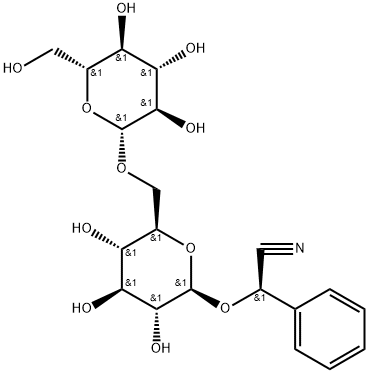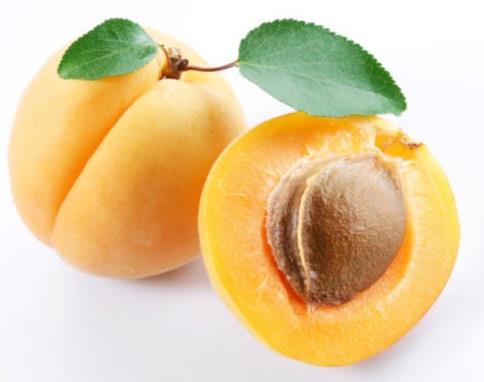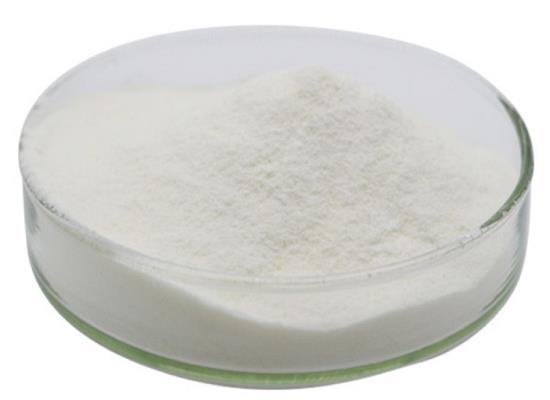Amygdalin: History, Pharmacokinetics and Toxicity
General Description
Amygdalin, first isolated from bitter almonds in the 1830s, became controversial as a potential cancer treatment, notably through its semi-synthetic form, Laetrile, popular in the 1970s. However, clinical trials proved ineffective, leading to bans on its medicinal use in the U.S. and Europe. Amygdalin is metabolized primarily through enzymatic cleavage and gut microflora, leading to toxic cyanide production. The bioavailability of amygdalin is low, with significant risks of poisoning, particularly in children. High doses can cause severe symptoms, underscoring the need for regulatory measures due to the variability and dangers associated with its use.
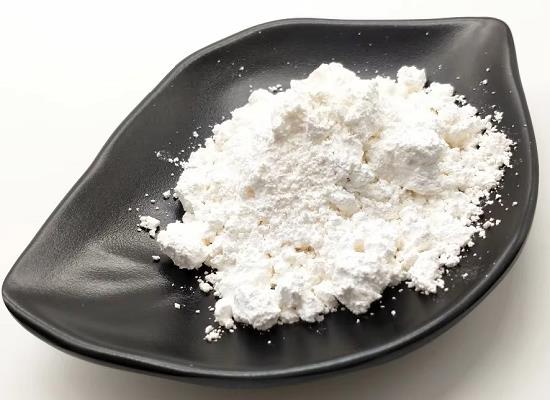
Figure 1. Amygdalin
History
Amygdalin, first isolated from bitter almonds (Prunus dulcis) in the 1830s by Robiquet and Boutron-Charlard, has a rich history. Early investigations by chemists like Liebig and Wöhler identified amygdalin as non-toxic after animal experimentation. By 1845, amygdalin was being used as an anticancer agent in Russia. In the United States, interest in amygdalin surged in the 1920s, although initial oral formulations were deemed too toxic for use. The 1950s saw the development of a semi-synthetic injectable form of amygdalin known as Laetrile, patented by Ernst T. Krebs. Despite its popularity in the 1970s, amygdalin's efficacy as a cancer treatment faced scrutiny, leading to the National Cancer Institute's clinical trials that failed to show any therapeutic benefit. Ultimately, the FDA banned amygdalin from medicinal use in the U.S. and Europe, though it remains a contentious subject in alternative medicine circles globally. 1
Pharmacokinetics
Metabolic Pathways
Amygdalin undergoes two primary metabolic pathways when administered orally. The first pathway, known as “first pass” metabolism, involves the enzymatic cleavage of amygdalin into prunasin (d-mandelonitrile β-d-glucoside) primarily in the proximal small intestine. This process relies on β(1-6)-glucosidase activity. Previous studies struggled to differentiate between amygdalin and prunasin, thus complicating metabolic tracing. The second pathway involves the hydrolysis of amygdalin by gut microflora in the colon, leading to the production of glucose, benzaldehyde, and cyanide. Notably, mammalian β-glucosidase operates differently than the bacterial form, indicating distinct sites of action; human enzymes are prevalent in a neutral pH environment, while bacterial enzymes operate in acidic conditions. This distinction suggests that while some degradation occurs in the human gut, the final hydrolysis stages rely significantly on microbial metabolism. 2
Absorption and Excretion
The pharmacokinetics of amygdalin-related compounds demonstrates differing bioavailability: prunasin shows a 50% absorption rate, while amygdalin's bioavailability is merely 1%. After hydrolysis at the mucosal brush border, prunasin is actively transported in the small intestine via the SGLT1 glucose carrier system, with absorption occurring without generating toxic byproducts like cyanide. Once absorbed, prunasin is cleared by the kidneys. Conversely, cyanide, known for its toxicity, peaks in blood levels 1.5 to 2 hours post-administration and is promptly converted to thiocyanate during sulfuration. The enzymes responsible for this detoxification, such as rhodanese and 3-mercaptopyruvate sulfur transferase, exhibit varying concentrations across tissues, with the highest levels found in the liver and kidneys. This uneven enzymatic distribution underscores the organs' different sensitivities to cyanide exposure, emphasizing the critical nature of understanding amygdalin’s pharmacokinetics. 2
Toxicity
Risks Associated with Amygdalin
Amygdalin poses significant risks of cyanide poisoning, particularly through oral intake. Symptoms of toxicity can manifest as headaches, dizziness, confusion, and, in severe cases, lead to paralysis, coma, or even death. Although no definitive toxic dose of pure amygdalin has been established, estimations indicate that consumption of up to ten apricot kernels per day may lead to hazardous levels of cyanide in adults. The literature cites alarming instances of toxicity, including a case where an 11-month-old girl ingested 1,500 mg of amygdalin tablets, resulting in severe lethargy and subsequent death. Additional reports highlight the dangers that young children face, with instances of cyanide poisoning emerging after administration of as little as 500 mg of amygdalin. Due to the variability of cyanide levels and the lack of standardized definitions for toxicity, it is essential to approach amygdalin with caution, especially among vulnerable populations. 3
Mechanisms and Contributing Factors
Cyanide release from amygdalin can occur through both enzymatic hydrolysis in the gut and direct consumption of cyanogenic plants like apricot kernels and bitter almonds. The presence of β-glucosidase, a plant-derived enzyme, accelerates amygdalin metabolism, contributing to toxic outcomes. Cases of acute cyanide poisoning have been associated with the co-administration of amygdalin and apricot kernels, although it remains unclear whether the cyanide was predominantly released from the kernels or from the amygdalin itself. Notably, overdosing on amygdalin is not exclusive to children; adults too have suffered severe health repercussions from high doses. Reports detail individuals consuming 12 grams of amygdalin who subsequently developed critical toxicity symptoms, reiterating that individual reactions to amygdalin can greatly vary. The absence of standardized production protocols and quality control for amygdalin further complicates understanding its risks, necessitating regulatory measures to ensure patient safety in its use. 3
References:
[1] CONGCONG ZHANG . Pharmacokinetics and anti-liver fibrosis characteristics of amygdalin: Key role of the deglycosylated metabolite prunasin[J]. Phytomedicine, 2022, 99. DOI:10.1016/j.phymed.2022.154018.[2] ROMAN A. BLAHETA . Amygdalin, quackery or cure?[J]. Phytomedicine, 2016, 23 4: 331-428. DOI:10.1016/j.phymed.2016.02.004.
Related articles And Qustion
Lastest Price from Amygdalin manufacturers

US $260.00-248.00/kg2025-12-16
- CAS:
- Min. Order:
- 1kg
- Purity:
- 98%
- Supply Ability:
- 1000
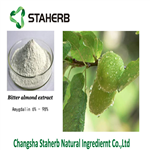
US $275.00-245.00/kg2025-12-16
- CAS:
- 29883-15-6
- Min. Order:
- 1kg
- Purity:
- 98% HPLC
- Supply Ability:
- 1000
